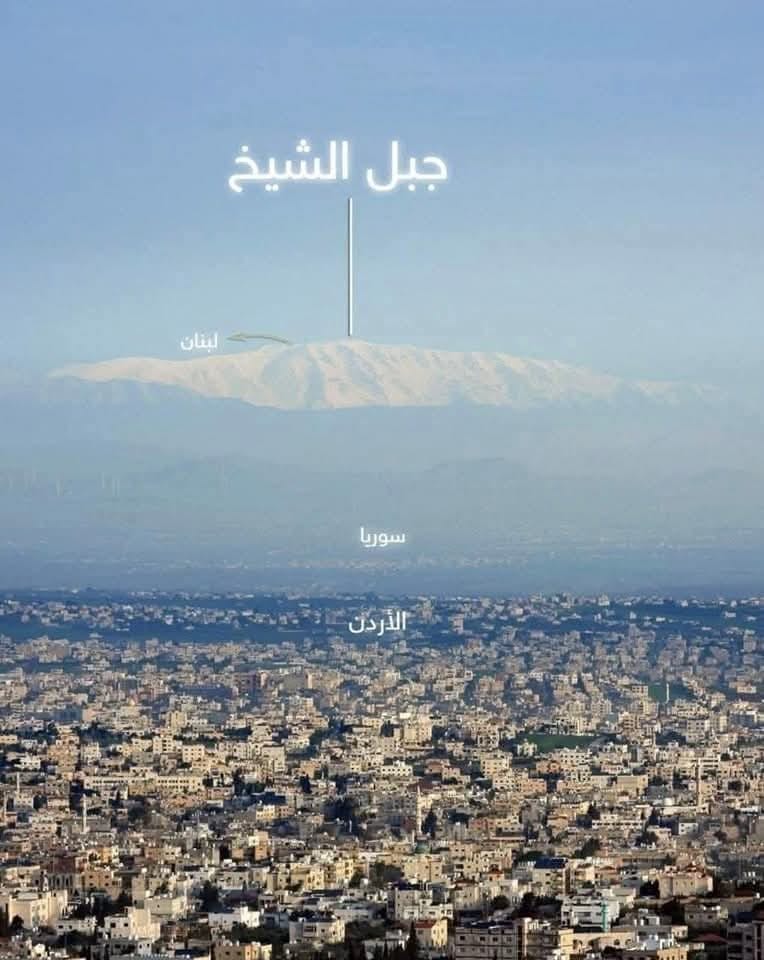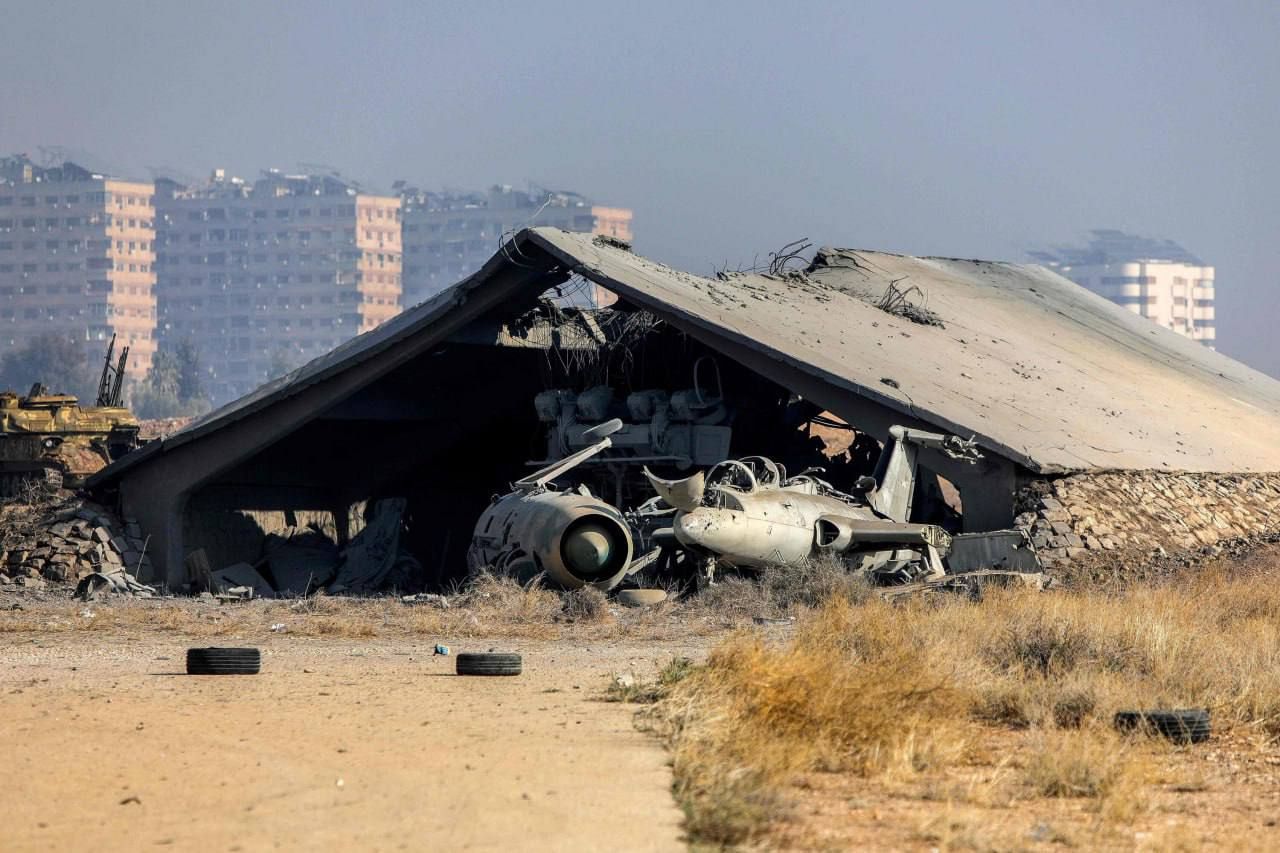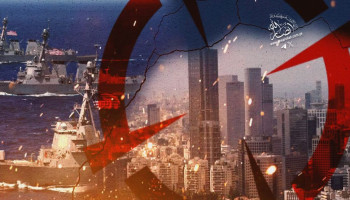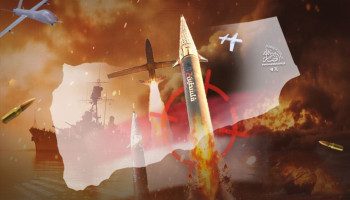Currently, Israel is reaping the benefits of the Syrian armed groups’ actions, which toppled President Bashar al-Assad’s regime. While the policies of Syria’s new rulers remain unclear, early indications suggest that the nation once hailed as the “lung of the resistance” by the Israeli enemy has now been suffocated. A dark, ominous cloud hangs over the region, promising dire consequences, particularly for the resistance axis.
This unfolding scenario comes more than a year after the al-Aqsa Flood, which witnessed an unprecedented genocidal war against Gaza. During this onslaught, silence from Arab and Islamic countries prevailed, except for the resistance axis, which offered what support it could. Meanwhile, certain factions that had seized power in Syria displayed complicity, failing to engage with Gaza’s plight. Instead of supporting Gaza or the resistance, they acted to undermine them under the pretext of reigniting the Syrian “revolution” and toppling the regime.
Israeli Incursions and Deepening Divisions
Amid the armed group's celebrations of their perceived victory over Assad, Israel took advantage of the chaos to launch its most extensive aerial strikes in history. Strangely, these factions remained silent, raising serious questions. Recently, Netanyahu has capitalized on the situation in Syria to advance on multiple fronts.
Politically, the Israeli enemy declared the collapse of the 1974 Disengagement Agreement, swiftly mobilizing its military to penetrate Syrian territories. Key advances included control over Madinat al-Baath, Jabal al-Shaykh, and areas near Daraa and rural Damascus. This granted the enemy a commanding vantage point over Syria and Lebanon, marking a dramatic shift enabled by the new realities in the region.

Moreover, the Israeli enemy’s air force launched its heaviest bombardment since 1973, conducting around 300 strikes daily. Targets included Syria’s remaining military infrastructure—air defense systems, research centers, and military airports, such as Deir Ezzor Airport and Tha’ala Airport in Sweida. The Syrian navy also faced a systematic dismantling, with ships destroyed one by one. Shockingly, this extensive campaign occurred amid an eerie silence from Arab media, including Qatar’s Al Jazeera, which had previously provided round-the-clock coverage of Gaza.
While it is unlikely that the Israeli military will move to seize Damascus, Netanyahu appears confident that Syria’s new rulers lack the means to challenge "Israel". This emboldens the prospect of normalization and rapprochement with Israel, as reflected in remarks by a prominent Syrian opposition figure to "The Times of Israel". He stated, “We are open to friendship with Israel and consider Assad, Hezbollah, and Iran our only enemies,” adding, “Israel’s actions against Hezbollah in Lebanon have been immensely helpful to us.”

A Divided, Weak Syria: Netanyahu’s Ultimate Goal
Netanyahu’s vision for Syria aligns with creating a fragmented, weakened state akin to the Palestinian Authority’s governance in the West Bank. "Tel Aviv" may advance its longstanding agenda of annexing Syrian territories, focusing particularly on "Sweida" province, a Druze-majority region. This plan includes the establishment of a federal governance structure, effectively detaching Sweida from the broader Syrian landscape. Sheikh Mowafaq Tarif, a Druze leader known for his pro-Israel stance, reportedly led this effort.
Encircling Hezbollah
These developments have delivered a significant blow to the resistance axis. Israel’s recent aggression in Lebanon targeted Hezbollah, culminating in the assassination of Secretary-General Sayyid Hassan Nasrallah. This has left Hezbollah vulnerable on multiple fronts:
- Severed Supply Lines: The Israeli enemy’s actions have effectively cut off the flow of arms and support from the Islamic Republic of Iran to Hezbollah through Iraq and Syria.
- Strategic Isolation: Any future Israeli war on Lebanon, and Hezbollah will face a weakened adversary lacking the strong logistical support it relied on during the 2006 war.
- A New Frontline Threat: The possibility of armed Syrian factions collaborating with "Israel" against Hezbollah looms large, further endangering the resistance movement.
Netanyahu’s ultimate aim remains the removal of Hezbollah, as demonstrated by his presentation at the UN General Assembly last September. The map he unveiled outlined a vision dividing the region into the “Axis of Blessing” (normalizing states) and the “Axis of Curse” (resistance states), with Syria firmly in the latter category.
The unfolding events in Syria align closely with Israel’s strategic agenda, heavily supported by the United States and its regional allies. The resistance axis faces unprecedented challenges in the wake of this new geopolitical reality.









